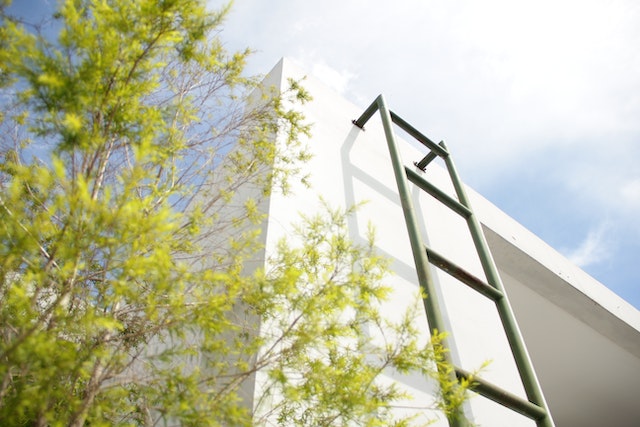Understanding Legal Responsibility for Ladder Accidents on Your Property
When someone falls from a ladder on private property, the legal question of who may be held liable can arise. In many personal injury cases, such as those handled by Zlotolow & Associates, premises liability laws set the stage for determining how property owners should maintain a safe environment. Below, we discuss the key factors that determine legal responsibility when these types of incidents occur.

Premises Liability and Duty of Care
Property owners have a general duty of care to keep their premises free of dangerous conditions and to warn visitors, guests, or workers of any hazards that might not be obvious. This responsibility extends to ensuring that ladders used on their property are safe and properly maintained. If an owner neglects clear hazards or ignores warnings, they may be found negligent in a personal injury lawsuit.
Situations That May Lead to Liability
Several scenarios can prompt a court or insurance adjuster to decide that a property owner is liable for someone’s ladder-related injuries. Common factors include:
- Defective or poorly maintained ladder equipment
- Slippery or uneven surfaces around the ladder
- Clutter or debris interfering with safe ladder placement
- Failure to warn of known hazards or provide supervision, if needed
- Ongoing construction or maintenance conditions that were not addressed
Potential Defenses Against Liability
Not every ladder accident automatically creates liability for the property owner. Some defenses that may relieve or reduce responsibility include:
- Contributory or Comparative Negligence: The injured party’s own carelessness, such as misusing the ladder, may shift or reduce blame.
- Unforeseeable Conditions: Unexpected events (like sudden weather-related issues) could absolve the owner of fault if they had no reason to suspect the danger.
- Third-Party Liability: If a contractor or supplier provided a defective ladder, liability might rest with that third party.
Maintaining Safety to Prevent Ladder-Related Injuries
Property owners who actively take precautions can greatly minimize potential hazards. We recommend:
- Regular inspections of ladders and their storage areas
- Clear signage informing visitors of potential risks
- Proper cleaning and clearing away of debris, spills, or obstacles
- Use of safety equipment when necessary, such as non-slip mats or harnesses
- Providing instructions to anyone working with or near a ladder
Factors Influencing Liability: Easy-to-Read Table
| Factor | Impact on Liability |
|---|---|
| Property Owner Neglects Maintenance | Increases likelihood of liability |
| Property Owner Provides Regular Inspections | Reduces likelihood of liability |
| Injured Person Misuses Ladder | Can shift or reduce property owner liability |
| Injured Person Follows Safety Protocol | May still allow for liability if other hazards are present |
| Hazard is Unforeseeable or Acts of Nature | May protect property owner from fault |
What to Do After a Ladder Accident Occurs
If someone has fallen from a ladder on your property, promptly document the situation, including photographs of the area and contact information of witnesses. Seek immediate medical attention for the injured party, and if there is a threat of legal action, consider reaching out to legal professionals. Zlotolow & Associates handles personal injury cases, including those involving premises liability and Landlord Liability. By consulting experienced attorneys, you can receive guidance on preserving key evidence and determining the next steps in a potential legal dispute.
Wrapping Things Up
Ladder accidents on a property can lead to complex legal issues. Property owners are encouraged to stay vigilant in their maintenance practices and address hazards immediately. If an incident occurs, taking prompt action to assist the injured party, gather documentation, and consult with a lawyer can help protect against unwarranted liability. Contact Zlotolow & Associates today for professional assistance in personal injury matters to ensure thorough representation and the best possible outcome.

